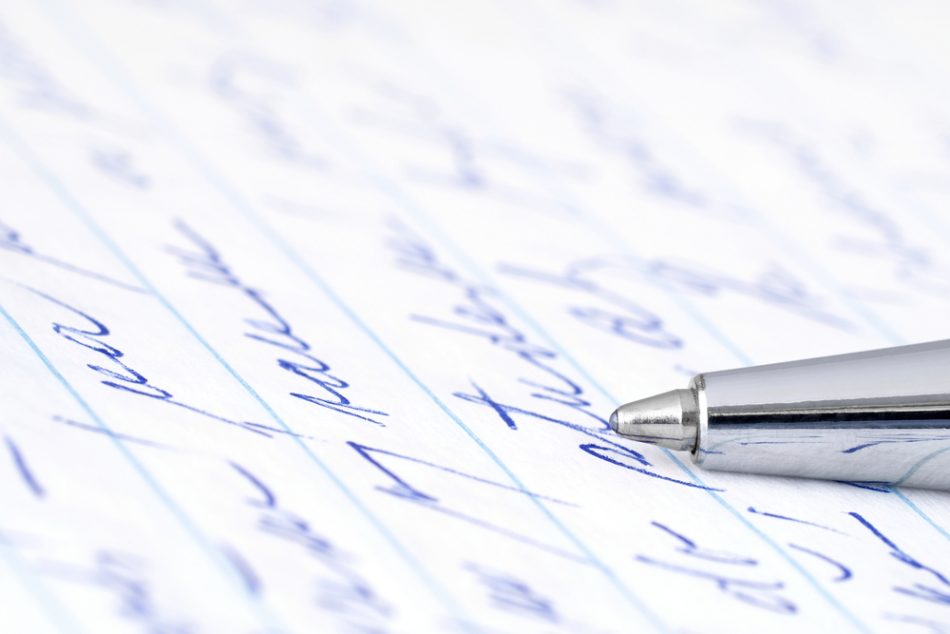BrainGate recently made a technological breakthrough that has the potential to improve the quality of life of people living with paralysis. Previously, brain-computer interfaces (BCIs) had been able to translate thoughts into the physical world through point-and-click systems using virtual keyboards. Now, thanks to a new type of brain implant, communication has been achieved through imagined handwriting.
The experiment, published in Nature, was carried out on a 65-year-old man paralyzed from the neck down since 2007. It basically consisted of him drawing all 26 letters, plus simple punctuation, on a piece of paper with a pen in his mind. Electrodes implanted into his motor cortex, the area of the brain responsible for voluntary movement, collected the signals. These were transmitted into a computer and translated into text by AI algorithms.
Frank Willett, the first author of the project from Stanford University, said, “This new system uses both the rich neural activity recorded by intracortical electrodes and the power of language models that, when applied to the neurally decoded letters, can create rapid and accurate text.”
The subject was able to accomplish 90 characters per minute, significantly faster than all previous BCIs tested and the same speed as others in his age group texting on a smartphone! Furthermore, the system interpreted the lettering with around 94 percent accuracy before autocorrect and 99 percent accuracy with it. As the characters of the alphabet have very different forms, this allows for a highly accurate interpretation of the participants’ thoughts.
“An important mission of our BrainGate consortium research is to restore rapid, intuitive communication for people with severe speech or motor impairments,” said Dr. Leigh Hochberg, director of this clinical trial. “Frank’s demonstration of fast, accurate neural decoding of handwriting marks an exciting new chapter in the development of clinically useful neurotechnologies.”
Source study: Nature – High-performance brain-to-text communication via handwriting












